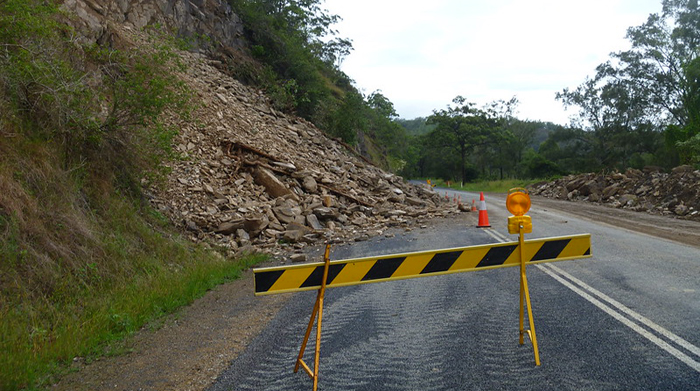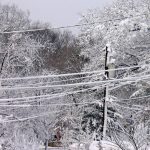Why Slow-Moving Landslides are an Increasing Threat

Image courtesy of Vivian Harris under Attribution-NonCommercial 2.0 Generic License, resized to 700 x 391 pixels.
According to a research report from University of Potsdam, slow-moving landslides represent a growing threat for utilities. But unlike most outage threats, these types of landslides are largely imperceptible, making them difficult to prepare for. Here’s what you need to know to optimize your preparedness for this type of event.
The Nuts and Bolts of Slow-Moving Landslides
A slow-moving landslide is defined as one that shifts anywhere from 1-3 millimeters annually. Because they move so slowly, they can be difficult to detect until it’s too late. Adding to the risk is the fact that they can suddenly speed up without warning during periods of heavy precipitation.
The first question that might come to mind is, why is the threat from slow-moving landslides on the rise? Well, there are 2 main reasons – climate change and population growth.
The impact of the former is that it creates more rainfall, which can quickly turn a slow-moving landslide into an unmitigated disaster, and it can also force people in low-lying areas to relocate to higher ground over time. Regarding the latter, populations are growing in mountainous regions, which means that more and more structures are being built on unstable slopes that are prone to this type of phenomenon.
According to the Intergovernmental Panel on Climate Change (IPCC), an estimated 1.3 billion people reside within mountainous regions. And this number is increasing, which is pushing more and more people to resettle on risky slopes.
In preparation for the study, researchers created a new database of nearly 8,000 slow-moving landslides, spanning at least 25 acres in size, in the riskiest areas across the globe. Of these, about 7% were found to be inhabited by hundreds of thousands of people.
Now granted, the study is global and much of the impacted population resides in developing countries, but it still offers good insight for utility emergency preparedness. The bottom line is that if your organization’s service territory features mountainous terrain, the risk of slow-moving landslides should be incorporated into emergency plans.



